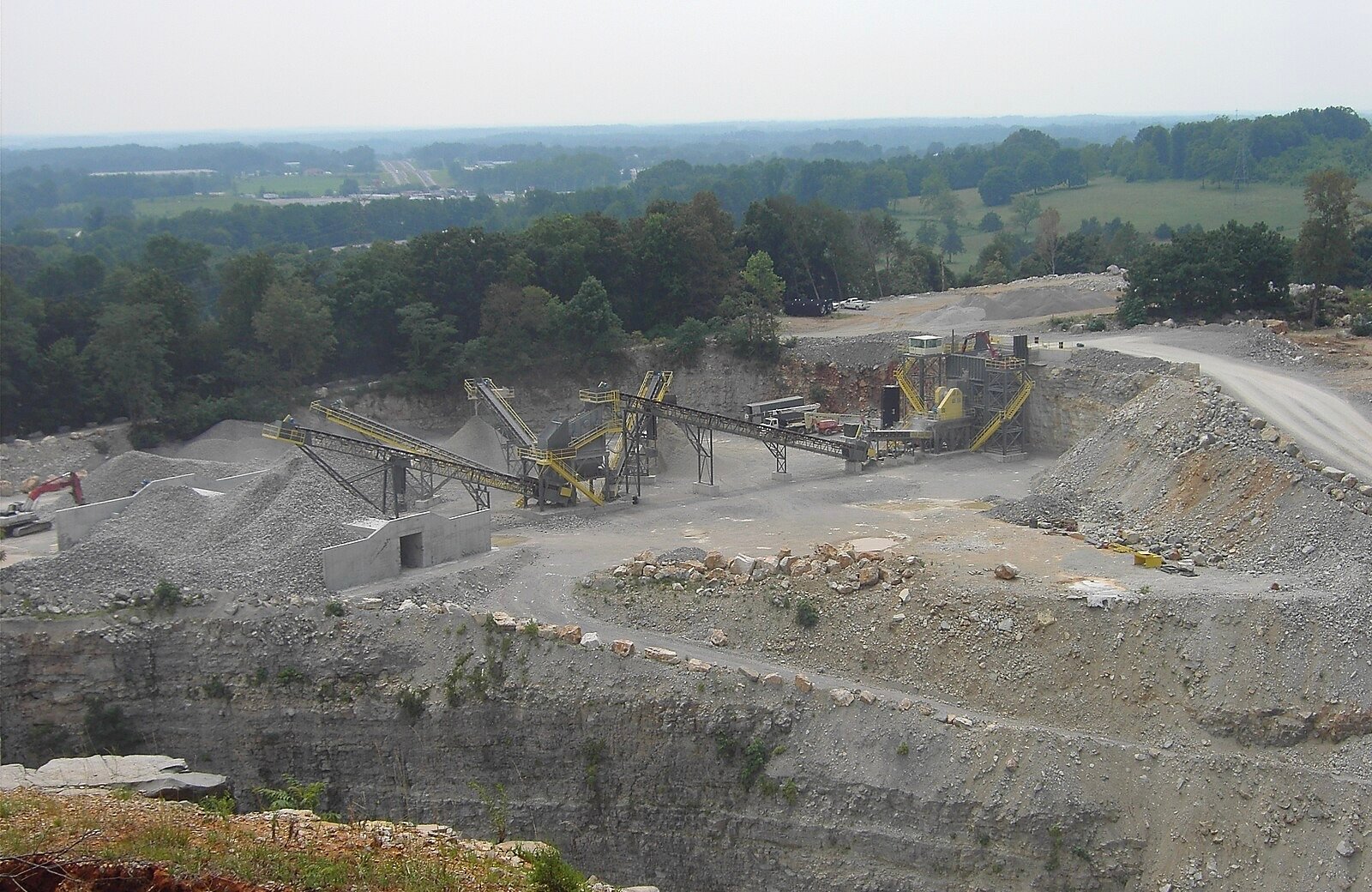Glacier FarmMedia – Nitrogen makes up 78 per cent of Earth’s atmosphere. It is also one of the biggest cost factors in growing crops. So why not use the nitrogen in the air around us?
It’s an exciting concept — extracting nitrogen from thin air and putting it to use growing a crop. As a side benefit, the nitrogen goes directly into the plant without being lost in the soil.
Why it matters: Nitrogen fertilizer is one of the largest costs on a farm, so any way that cost can be reduced can help farmers.
Read Also

Melancthon faces a new quarry fight over water, environment and farmland risks
A proposed Strada blast quarry in Melancthon, Ont., sparks regional debate over water protection, farmland sustainability, and Ontario’s aggregate policy.
That’s what Corteva has accomplished with its new biological product called Utrisha N nutrient efficiency optimizer.
The microbe-based nitrogen fixation bacterium is one of the first products to be introduced as part of Corteva’s global portfolio of biologicals.
The endophytic bacterium Methylobacterium symbioticum works with the plant to draw nitrogen from the atmosphere.
Farmers who were logged into the online 2021 Ag in Motion event on June 22 participated in the presentation by Corteva’s Nicole Philp, who told the audience that Utrisha N is able to pull nitrogen from the air and escort it into any crop Corteva has tested so far.
She said Utrisha enters the plant through the stomata and colonizes in the leaf cells. It then converts N2 from the air into ammonium. This creates a constant supply of amino acids to the plant without drawing from the plant’s energy supply.
“The interesting thing is that Utrisha N does not take energy from the plant to fuel this process. It survives on carbon, which is a plant byproduct the plant produces anyway,” said Philp.
“Once established in the plant, Utrisha N provides a constant supply of nitrogen throughout the growing season.”
There are three main reasons for applying Utrisha N:
- It provides a supplemental source of nitrogen while avoiding over-fertilization, volatilization and leaching, and it reduces greenhouse gases.
- It provides nitrogen to deficient areas of the field and during the growing season when nitrogen can become deficient.
- The same product can be used on canola, cereals, corn, beans and other crops.
“Utrisha N is making its appearance at a point in time when more attention in being paid to nitrogen efficiency. The 2021 federal budget announced in May has earmarked a significant amount of money to help farmers deal with what they call climate-friendly practices,” Philp said.
“One of the key components is dealing with the large amount of excess nitrogen being applied, which will reduce the amount of nitrous oxide released into the atmosphere as greenhouse gas.
“We already have two products in this category, called eNtrench and N-serve. These nitrogen stabilizers slow the conversion of ammonium to nitrates to reduce leaching and denitrification.
“They maximize yield potential by ensuring more of your applied nitrogen stays in the root zone in a stable form.”
eNtrench is intended for use with UAN, urea and liquid manure.
Philp says Utrisha N has advantages over other nitrogen management products on the market:
- Mode of action is a naturally found bacteria rather than a genetically modified bacterium.
- Application is foliar with a wider window during the growing season rather than at seeding time or in the early growing season.
- Formulation is a dry powder.
- Although it is a live bacteria, it has a one-year shelf life if it doesn’t freeze.
The application rate is 135 grams per acre, once per season. It’s best applied in early morning when the greatest number of stomates are open. It should only be applied to healthy crops.
Philp says the most important factor is full foliar cover. The bacteria are not active on the soil, so product hitting the ground is wasted.
Utrisha N is designed for established crops. It should not be applied early in the season. For corn and soybeans, application should be in the V4 to V8 stage. Optimal timing for all types of cereals is the four-leaf jointing stage. Canola timing is four leaf to rosette stage, before stem elongation.
“Although the powder goes into solution form quickly, there are some cautionary notes. You don’t want to use a municipal water source that’s been chlorinated. Chlorine’s job is to kill bacteria and Utrisha N is a bacteria. Your water should be less than one part per million chlorine.
“The pH numbers for your water should be between pH 5 and pH 8. Bacteria doesn’t grow very well outside these ranges.”
Philp says Utrisha N will be registered for cereals, canola, corn, soybeans, potatoes and other crops grown in Canada. It is expected to be available in 2022. Performance data based on 200 sites is expected this fall.
This article was originally published at The Western Producer.













